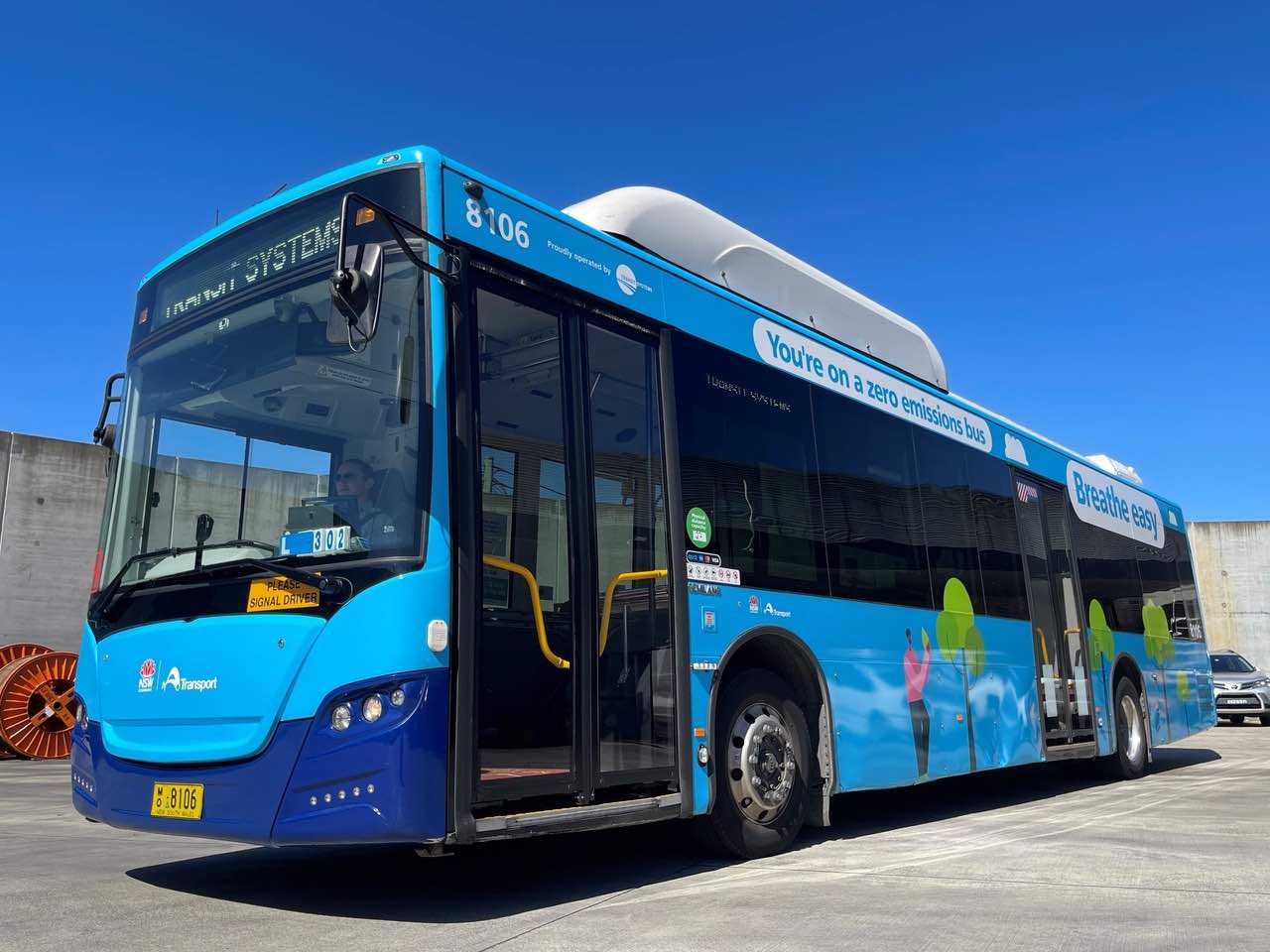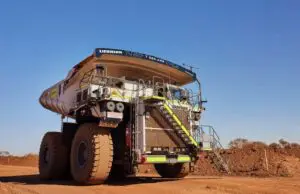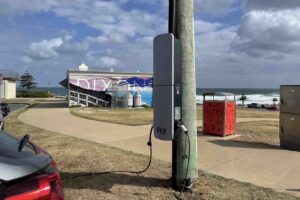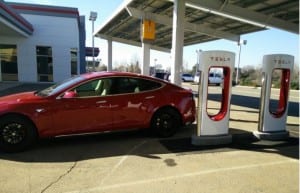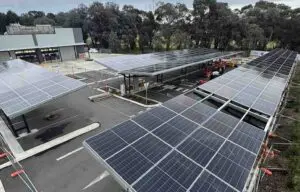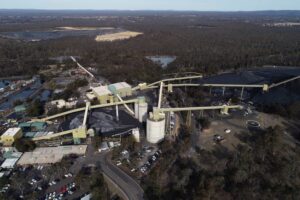This week Sydney marked a big step in the transition to a clean energy future with the launch of the largest electric bus fleet pilot seen in Australia. It’s part of a commitment by the NSW Government to convert Sydney’s 8,000 diesel buses to electric by 2030.
The $40 million project will see Transgrid and UK company Zenobē Energy working together to deliver a next generation electric bus depot that will seamlessly integrate with the grid.
This project is significant because electrification of transport will be essential to reducing Australia’s emissions. With almost one fifth of Australia’s emissions coming from transport, vehicle electrification is a vital step in our transition to a decarbonised economy.
By 2050, we expect almost one fifth of energy demand in the National Energy Market to come from electric vehicles. Reducing emissions will require transport electrification powered by renewable energy.
As the owner and operator of the large scale transmission network in NSW and the ACT, Transgrid has a unique perspective into the changes in energy supply trends. Australia is on the precipice of rapid change.
What we are seeing right now is a surge in large-scale renewable generation. In the last five years in NSW, 99% of connection enquiries we’ve received were for renewables, resulting in 900MW of large-scale solar and 800MW of wind connections.
In the last 12 months, we have a further 600MW large-scale solar and 100MW wind committed to connect into the grid. We also have got a huge amount of potential solar, wind and hydro projects in the pipeline – and when I say “huge,” I’m talking around 8GW.
So, we know that in the future electricity will be sourced from renewables. However, at this stage, Australia is not set up to enable the rapid transition to transport electrification.
As Transgrid is responsible for the reliability and security of the energy system, we need to have a clear picture of the impact that electrification of transport will have on the power system from both a supply and demand perspective – as well as the infrastructure needed to support it.
Historically, supply and demand patterns have been static. Energy has been generated in specific geographic locations (where coal fired power generation has been developed) and demand is in large urban and developed areas. In the future, these long standing locations will change.
From a supply side, the increase in distributed energy resources such as rooftop solar and residential and community storage will mean there is more energy in urban areas.
From a demand side, the electrification of transport and industry will mean demand locations change as well. If you imagine in the future that the entire public transport fleet in Sydney being powered by electricity – this is a significant additional load which we need to plan for.
Transgrid is trialling innovative solutions today to learn how electrical charging infrastructure can be developed and integrated into the grid. We need efficient and commercially viable models that facilitate the transition to electric transport – and data to understand what upgrades and investment will be needed.
Electric bus momentum
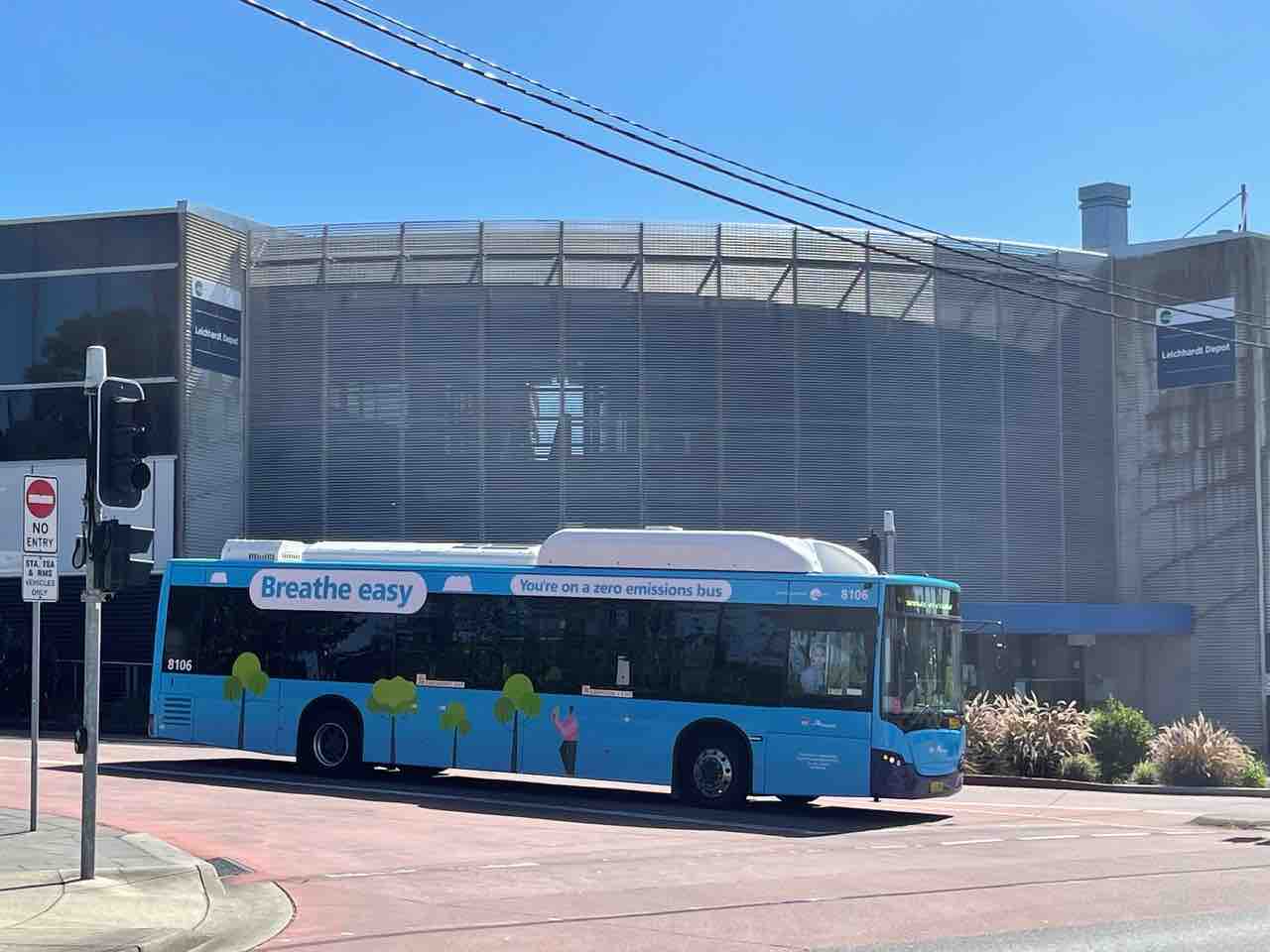
Most talk has been about electric cars in recent years but global momentum is building for the conversion from diesel to electric buses on a large scale.
This is being largely driven by electric buses, charging infrastructure and batteries becoming more technologically advanced, efficient and affordable, making it more commercially viable to convert fleets.
China is leading the way, accounting for 98 per cent of the world’s total e-bus fleet. In Australia, governments and public transport operators are increasingly interested in replacing diesel buses with electric models.
Analysis commissioned by the Electric Vehicle Council in 2020 found each replacement electric bus could deliver an estimated $40,051 average net benefit to government and society – almost seven times more than converting a diesel car to electric.
Small-scale pilots of electric buses have proved beneficial and public commitments have already been made around the timing of future fleet conversions in Australia. Up until now there have been no large-scale trials of electric bus fleets in Australia. But this week’s announcement by the NSW government shows significant change is not far away.
Transgrid and UK company Zenobē Energy have formed a joint venture to deliver the most sustainably advanced, electrified depot in the country for Transport for NSW at Leichhardt in Sydney’s Inner West. It will include new charging infrastructure, on site solar generation and batteries for the depot and 40 electric buses – the largest single fleet of electric buses in Australia.
The trial has received strong support from the federal government with a grant from the Australian Renewable Energy Agency (ARENA) and the Clean Energy Finance Corporation (CEFC) also committing to provide debt finance.
Listen to Gareth Ridge from Zenobe on the battery needs for mass electric bus charging on the latest Energy Insiders Podcast, here.
Overcoming the barriers to changing fleet to electric
While the overall business case for electric bus fleet conversion is strong, one of the key barriers has been the absence of a proven industry blueprint for it to occur at a large scale. The upfront capital expenditure that public transport operators need to invest to retrofit depots and purchase electric vehicles has also been an obstacle, especially for large-scale trials.
The project by Transgrid and Zenobē is a critical first step in demonstrating a pathway to delivering on the NSW government’s commitment to make all buses electric by 2030.
If successful, the same model could be used to facilitate the roll-out of electric buses across Australia, overcoming major barriers for uptake and addressing grid integration, charging logistics, battery lifecycle management and workforce transitioning.
In addition, Transgrid will leverage this project to investigate the role of stationary and on-board batteries in providing demand response and frequency services to the grid as potential optimizations for future projects and to strengthen transmission networks.
There’s much still to be done if we’re to reduce carbon emissions. Modelling and forecasting is constantly evolving, helping to paint a picture of what our future could look like.
Government policies and regulation will play a role in how quickly we can get there, as will the uptake of distributed energy resources and large scale renewable energy. It is critical that the private sector also play their role by investing in and trialling innovative projects.
It is through technology and innovation that big leaps in our journey to decarbonise the Australian economy will be achieved. For us, this electric bus trial is a tremendous starting point, an opportunity to create a path for the roll-out of other electric vehicle infrastructure and create a better power system for us all.
Eva Hanley is the executive for strategy, innovation and technology at TransGrid. You can hear her on this Energy Insiders Podcast episode, alongside Transgrid’s Jesse Steinfeld, discuss why a rapid transition to renewables is possible.

